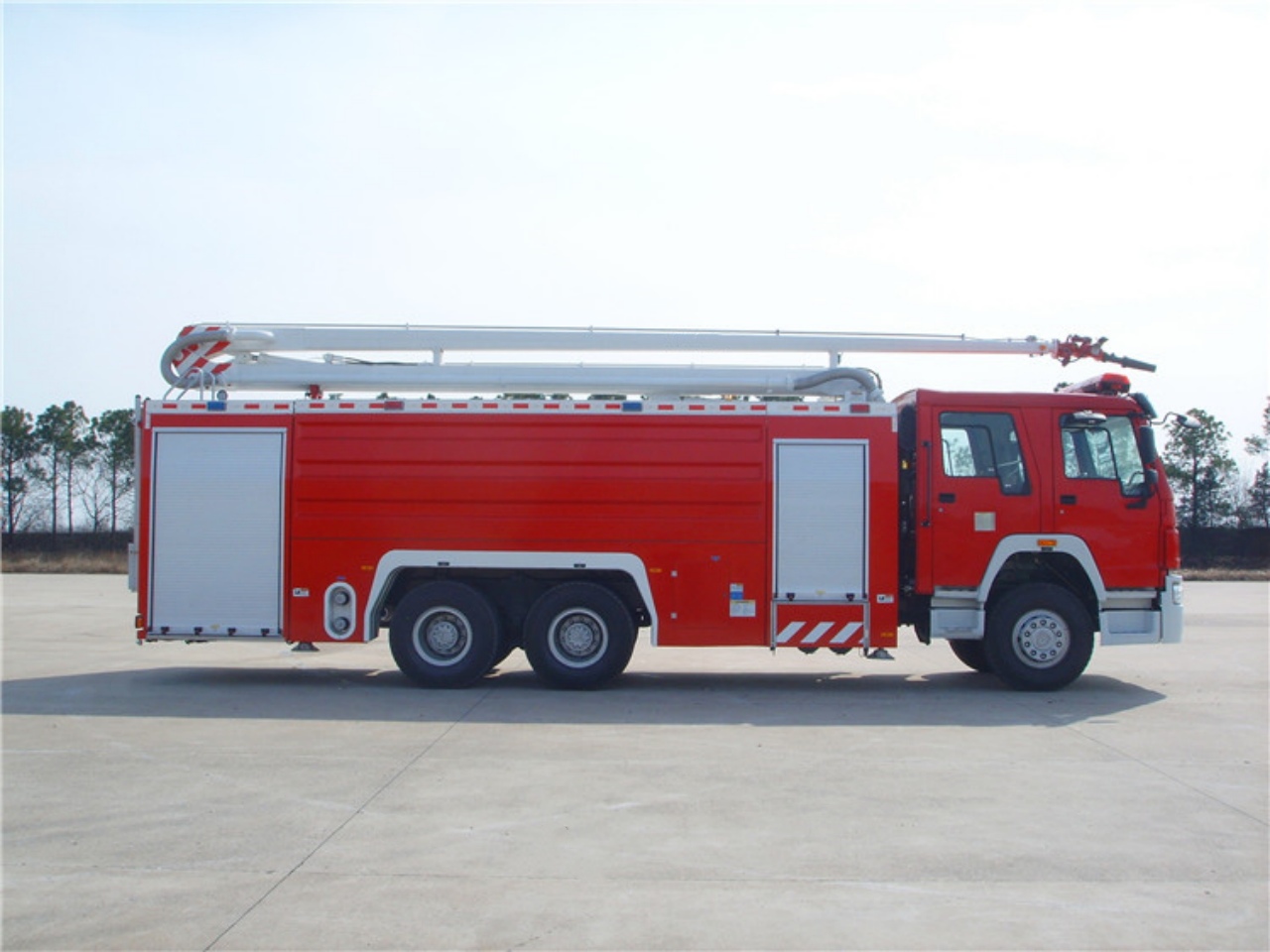In urban and rural planning, 1 of the most critical considerations for ensuring public safety is the accessibility of emergency vehicles, particularly fire tenders. Fire tenders, also known as fire trucks or fire engines, are essential for firefighting and rescue operations. Their timely access to the scene of an emergency can mean the difference between containment and catastrophe. As such, the width of roads must be carefully designed to accommodate the movement of these vehicles. But what exactly is the minimum road width required for fire tender movement? This article explores the answer by examining fire tender specifications, national and international regulations, and urban planning best practices.
Understanding Fire Tender Dimensions
Before determining the necessary road width, it’s important to understand the typical dimensions of fire tenders. These vehicles vary in size depending on their intended use—urban, rural, or industrial—and the equipment they carry. However, most standard fire tenders fall within the following size range:
- Length: 7.5 to 10 meters
- Width: 2.4 to 2.6 meters (excluding mirrors)
- Height: 3 to 3.5 meters
- Turning Radius: 12 to 15 meters
The width is a crucial dimension because it determines whether a fire tender can physically access a road or driveway. When considering turning maneuvers, the road needs to be wider than the fire truck itself.
General Guidelines and Recommendations
India: National Building Code (NBC)
In India, the National Building Code (NBC) of India 2016, specifically Part 4 – Fire and Life Safety, provides clear recommendations regarding fire service access. According to NBC:
- Minimum road width for fire tender movement: 6 meters
- Minimum turning radius: 9 meters
- Overhead clearance: Minimum 4.5 meters
These dimensions apply to approach roads and internal roads in residential, commercial, and industrial premises. The NBC emphasizes that roads must be capable of supporting the weight and maneuverability of firefighting vehicles.
United States: International Fire Code (IFC)
In the United States, the International Fire Code (IFC), developed by the International Code Council (ICC), provides comprehensive fire safety standards. It states:
- Minimum road width (unobstructed): 6.1 meters (20 feet)
- Minimum overhead clearance: 4 meters (13 feet 6 inches)
- Minimum inside turning radius: 7.5 meters (25 feet)
- Minimum outside turning radius: 15.2 meters (50 feet)
The IFC allows authorities to require wider access roads in areas with larger fire apparatus or in high-risk areas such as industrial zones and high-rise districts.
United Kingdom: Building Regulations (Approved Document B)
In the UK, Approved Document B of the Building Regulations provides fire safety guidelines, including access for fire service vehicles. According to the document:
- Minimum road width: 3.7 meters
- Minimum width at pinch points (e.g., gates): 3.1 meters
- Minimum clearance height: 4 meters
- Turning circle requirements: Minimum 16.8 meters turning circle between kerbs for 90-degree turns
While the UK allows slightly narrower roads than the US and India, it mandates wider turning areas.
Factors Affecting Minimum Road Width
Several factors influence the practical minimum road width needed for fire tenders:
1. Type and Size of Fire Tenders
Different fire departments use different types of vehicles, such as pumpers, aerial ladders, or tankers. Larger vehicles, such as aerial ladders require wider roads and turning spaces.
2. Road Configuration
Straight roads allow more flexibility, while roads with tight corners, roundabouts, or sharp turns require additional space for maneuvering.
3. Obstacles and Encroachments
Trees, parked vehicles, electricity poles, and other encroachments can effectively reduce usable road width. Regulations typically specify “clear width,” meaning the unobstructed space available for vehicle movement.
4. Gradient and Surface
Steep slopes and poor road conditions can hinder vehicle movement, especially for heavy fire tenders. Surface strength must also be adequate to support the weight of fire trucks (often 15-30 tons).
5. Building Height and Occupancy
High-rise buildings or buildings with high occupancy require enhanced fire access. This can include larger access roads, turning areas, and proximity to entrances.
Case Studies and Real-World Examples
Urban India: Challenges in Narrow Lanes
In many Indian cities like Delhi and Mumbai, older residential neighborhoods have narrow lanes, often only 2 to 3 meters wide. During fire emergencies, these lanes become inaccessible to standard fire tenders. As a result, smaller, compact fire tenders (also known as mini fire engines) are deployed in such areas. However, these vehicles carry limited water and equipment, which can hinder firefighting efforts.
To address this, urban redevelopment plans are now integrating wider access roads and enforcing NBC regulations during new construction approvals.
Los Angeles, USA: Wildland Urban Interface (WUI) Zones
In areas like California, where wildfires are common, fire access roads in Wildland Urban Interface zones must adhere to stricter requirements. Roads are typically 24 feet (7.3 meters) wide with turnouts every 500 feet and turnaround points at the end of cul-de-sacs. These measures ensure fire trucks can reach remote areas and evacuate quickly if needed.
Solutions for Narrow Roads
If existing road widths are below the minimum required, some mitigation measures include:
- Installing fire hydrants near road entrances
- Designating “No Parking” zones along narrow roads
- Using smaller fire response units
- Providing external firefighting arrangements (e.g., standpipes accessible from main roads)
- Retrofitting wider turning radii at key junctions
Conclusion
The minimum road width for fire tender movement typically ranges between 3.7 meters to 6 meters, depending on local regulations and the size of the fire apparatus. While national building codes provide guidelines, the actual requirements may vary based on site conditions, fire risk, and vehicle specifications.
Urban planners, architects, and civil engineers must prioritize fire access in their designs. Failure to provide adequate road width can result in delayed emergency response, increased property damage, and potentially, loss of life. As cities continue to grow, ensuring accessible infrastructure for fire and emergency services must remain a cornerstone of resilient and safe urban development.











